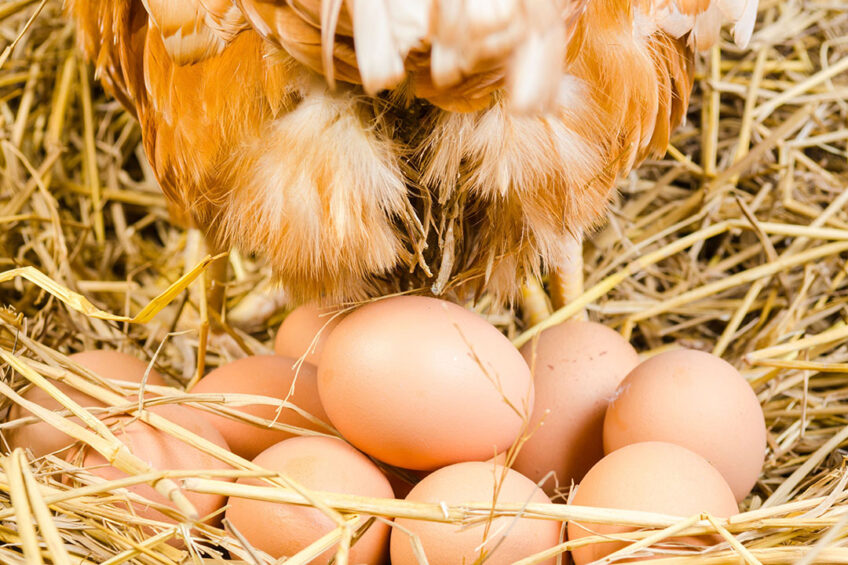Rising feed and energy prices takes toll on Poland’s laying hens

Soaring energy costs and high feedstuff prices promise to raise the price of eggs on the Polish market by “several dozen percent” by the end of 2022, the Polish National Chamber of poultry and feed producers warned in a statement on September 4.
The upward price rally is attributed to rising costs and a drop in the population of laying hens in the country, said Andrzej Danielak, president of the Polish Association of Poultry Breeders and Producers. Some farmers reportedly opted to downsize their laying hens flock in the wake of skyrocketing production costs.
Drought, energy & feedstuff shortages
Danielak admitted that the poultry industry still battles a feedstuff shortage, which pushes up the poultry feed prices. In addition, the energy crisis entails a rise in electricity and heating bills not just for poultry farms but also for dairy companies and feed mills.
Poultry feed prices in Poland, Europe’s largest poultry meat exporter, remained high during 2022, owing to fears of a lack of Ukrainian grain. Now, this factor has largely wound down, but the prices still remain high and occasionally keep rising due to the energy crisis and this year’s drought that hit several European countries.
Number of hens fall
“The main reason for the anticipated rise in egg prices is a smaller supply of chicks, from which laying hens should grow. This is the main factor. How it will play out, time will tell,” Danielak said.
In June and July 2022, the number of day-old laying hens available on the market was catastrophically low, the National Chamber of poultry and feed producers estimated. For instance, in July, this figure stood at 1.665 million heads, 52% lower compared with the same period of the previous year.
This means that in several months Poland could experience a similar slump in the number of laying hens, which would drag down egg production in the country, market participants warned.
Since the beginning of the year, the number of adult hens in Poland dropped by nearly 10%, and keeps gradually falling, Mariusz Szymyślik, senior poultry and feed chamber analyst, said.
“We must remember that animal production is characterised by strong inertia. This means that you cannot simply put in an additional production line one day, which will start working from the next day and cover the market shortages,” Szymyślik added.







